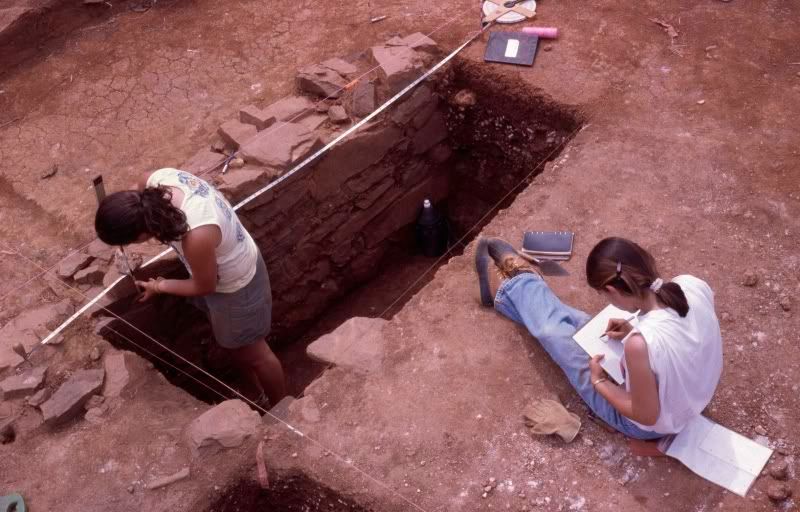The Madison Legacy From the Ground Down

For those familiar with the historical foundations of the U.S. American experience, James Madison figures very large among the country's founders. In fact, among his peers in the late 18th and early 19th centuries, and according to most present day scholars, Madison is widely regarded as the "Father of the U.S. Constitution", reflecting the prominent role he played in it's inception. His famous wife, Dolley Madison, for her part, figured no less prominently on the early American stage. What is less known about the Madisons is the fact that they owned and operated one of America's greatest early plantations, matching those of George Washington, Thomas Jefferson, and George Mason. Known as Montpelier, the plantation, including the great mansion house, has been preserved for public touring and education and continues to improve what it has to offer to the visiting public through well-organized programs and research. Public participation factors as a major component of the Montpelier experience, and nothing could be more hands-on than the activities designed by the Montpelier Archaeology Department to let the public really get their hands dirty by excavating history in the plantation soil.
THE EXCAVATIONS
Beginning in the spring of 2011, the Montpelier Archaeology Department will be conducting investigations of the "South Yard", an area immediately to the south of the mansion and location of the domestic slave quarters. During the 2011 excavations, archaeology team members will be looking for the structural remains of the quarters, smokehouses, work yards, and the pathways that link them into the broader plantation community. The objective is to examine and interpret the cultural data to help piece together a picture of how the South Yard related to the plantation, and how it helps in developing a more complete understanding of slave life on the plantation and the plantation operations in general.
JOIN THE TEAM!
The Archaeology Department is currently seeking volunteers who would be interested in becoming an integral part of the research team. The season will be divided into nine 1-week programs or sessions (called expeditions), beginning March 27 and ending October 29. With a staff of 8 archaeologists, volunteers will enjoy significant personal interaction with the research team professionals, who will walk the volunteers step-by-step through the entire excavation process, including lab work. The experience includes lectures and tours of various archaeological sites on the property, including the mansion house. For a tax deductible fee of $650, participants will get all of the above for each 1-week expedition, including two group dinners and lodging at the Arlington House, a historic antebellum home located on the estate's historic grounds. All in all, this program ranks among the best for those interested in a practical, hands-on introduction to American historical archaeology. More detailed information about the research, opportunity, and application procedure can be found on the website at www.montpelier.org/archaeologyprograms . For general information about James Madison, Dolley Madison, Montpelier, and the archaeology program, go to www.montpelier.org.




